Retro Replay Review
Gameplay
Shanghai II: Dragon’s Eye builds on the classic tile-matching formula by introducing both familiar and inventive twists. In the standard solitaire mode, players clear mahjong tiles in matching pairs, aiming to dismantle intricate layouts before the clock runs out. The inclusion of up to eight distinct tile sets keeps each session fresh, while twelve Chinese zodiac–inspired patterns range from simple grids to elaborate, multi-layered pyramids that demand careful planning and pattern recognition.
(HEY YOU!! We hope you enjoy! We try not to run ads. So basically, this is a very expensive hobby running this site. Please consider joining us for updates, forums, and more. Network w/ us to make some cash or friends while retro gaming, and you can win some free retro games for posting. Okay, carry on 👍)
What truly sets Dragon’s Eye apart is its robust layout editor. Players can craft their own tile formations, save them, and challenge friends or revisit favorite puzzles later. This feature amplifies replayability and encourages a creative community spirit, as enthusiasts share complex, user-generated designs that stretch beyond the prebuilt zodiac themes.
For those seeking competitive play, the “Dragon’s Eye” two-player variant delivers a compelling strategic duel. One player alternately removes tiles to whittle down the field, while the opponent strategically adds tiles to obstruct progress. This push-and-pull dynamic fosters tension and mind games, transforming the normally solitary Mahjong solitaire into an engaging head-to-head contest.
Graphics
Visually, Dragon’s Eye offers a clean, colorful interface that emphasizes tile clarity and readability. Each tile set features unique artwork—ranging from traditional Chinese symbols to stylized dragons and jade motifs—rendered in crisp, vibrant colors. Backgrounds are tastefully subdued, ensuring that the tiles remain the focal point without causing visual fatigue during extended play.
Transitions and animations are smooth and purposeful, with satisfying tile-disappearance effects reinforcing the tactile joy of each successful match. Subtle sound cues accompany tile pairings and combo chains, providing just enough feedback without overwhelming the ears. While not a graphics powerhouse, the game’s design strikes an ideal balance between aesthetic charm and functional clarity.
The user interface is intuitive: menus are logically organized, and the layout editor’s drag-and-drop controls respond swiftly. Whether you’re a Mahjong novice or a seasoned puzzle pro, the presentation remains accessible, guiding you seamlessly from one game mode to the next and highlighting key features such as timed challenges and custom layouts.
Story
Though primarily a puzzle title, Dragon’s Eye weaves a subtle narrative thread through its Chinese zodiac motifs and the mystique of its titular “Dragon’s Eye.” Each zodiac pattern is accompanied by brief lore snippets, giving cultural context to animal symbols like the rat, ox, and dragon. This thematic framing adds a layer of immersion uncommon in tile-matching games.
Between levels, players encounter short vignettes that hint at an ancient legend: a hidden gem known as the Dragon’s Eye that grants insight and harmony to those who prove their skill. These interludes are minimalist—no voice acting or long cutscenes—but they effectively inject a sense of progression and purpose into each completed puzzle.
For enthusiasts of Chinese mythology, the game’s art direction and occasional textual flourishes will feel like tasteful nods rather than heavy-handed storytelling. The result is a light narrative garnish that complements the core gameplay without overstepping into full-fledged adventure territory.
Overall Experience
Shanghai II: Dragon’s Eye excels as both a relaxing solo puzzle experience and a competitive two-player showdown. Its wealth of tile sets, pattern complexity, and especially the user-friendly layout editor make it a long-lasting addition to any puzzle fan’s library. Casual players will appreciate the straightforward matching mechanics, while completionists can chase high scores across all twelve zodiac layouts.
The game’s learning curve is gentle, yet seasoned players will find strategic depth in tile sequencing, time management, and the cunning use of the Dragon’s Eye mode. Multiplayer matches bring an extra layer of strategy, often turning simple tile clearing into a ruthless tactical duel for board control.
Overall, Shanghai II: Dragon’s Eye delivers a polished, feature-rich tile-matching experience with strong replay value. Its blend of aesthetic appeal, customizable challenges, and competitive flair makes it a standout in the Mahjong solitaire genre and a worthy purchase for puzzle aficionados seeking both relaxation and brain-teasing excitement.
 Retro Replay Retro Replay gaming reviews, news, emulation, geek stuff and more!
Retro Replay Retro Replay gaming reviews, news, emulation, geek stuff and more!
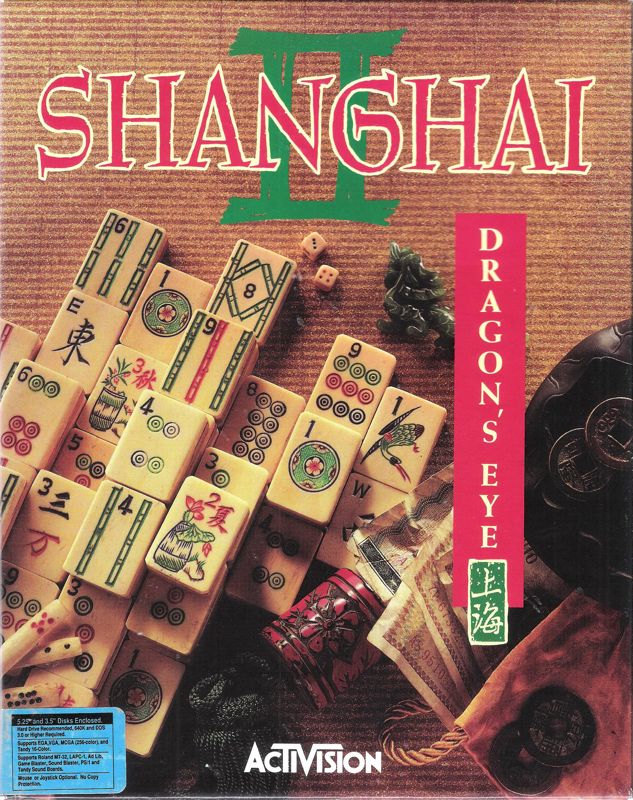
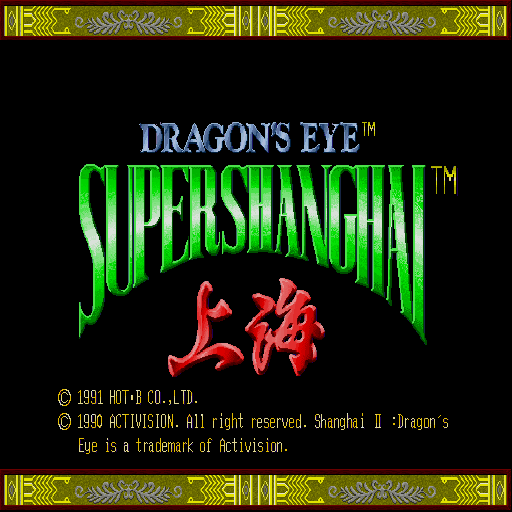
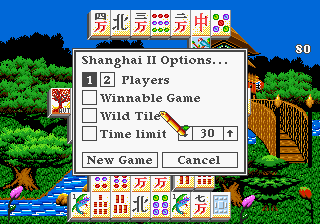
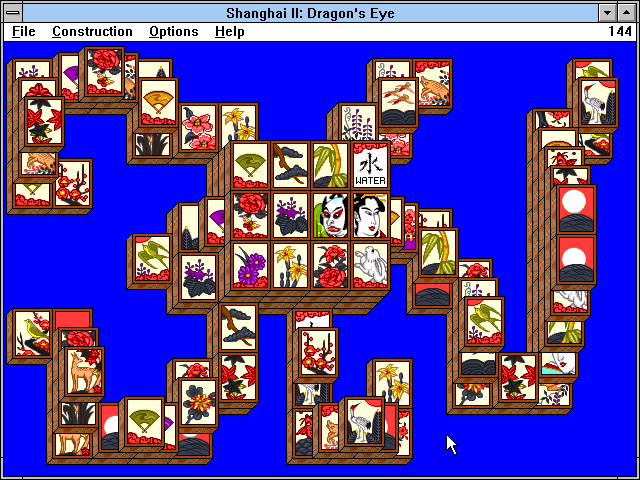
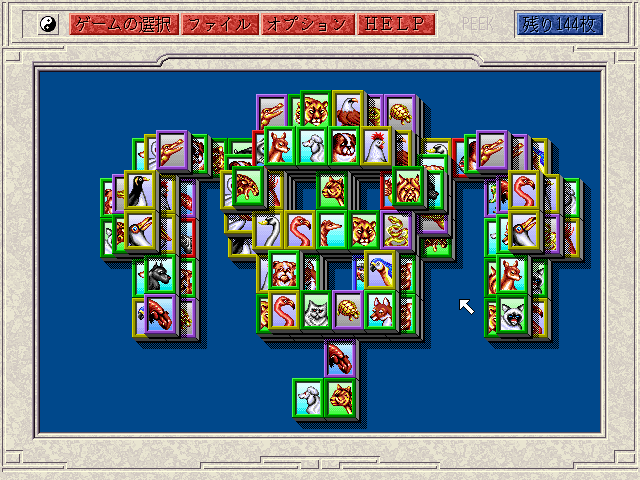
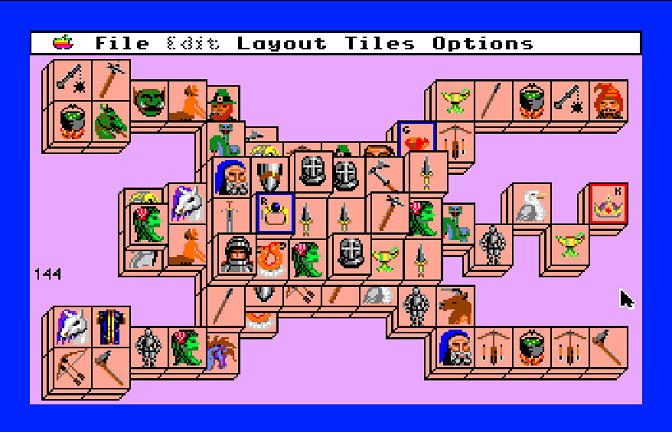
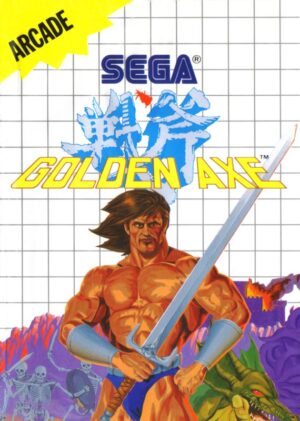


Reviews
There are no reviews yet.